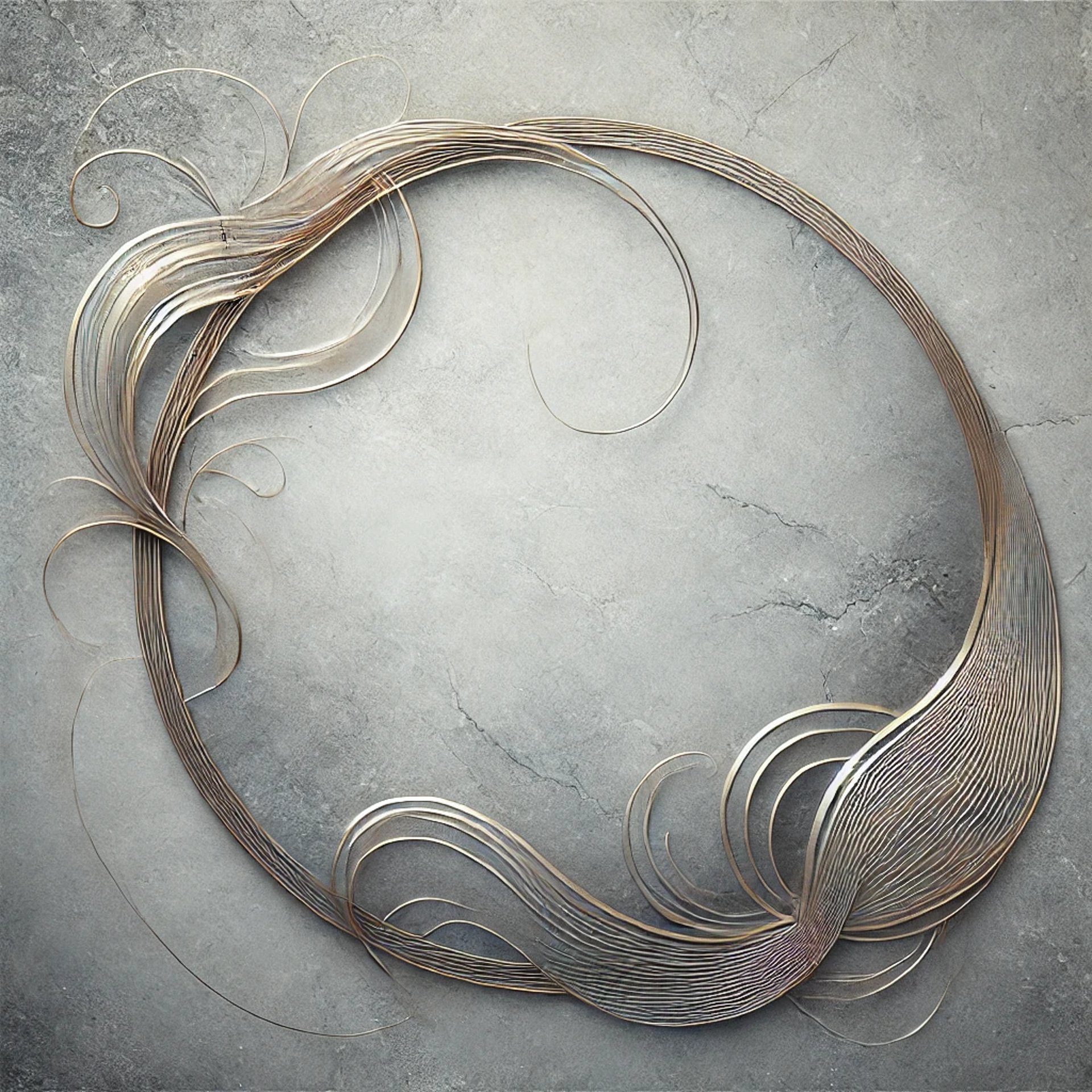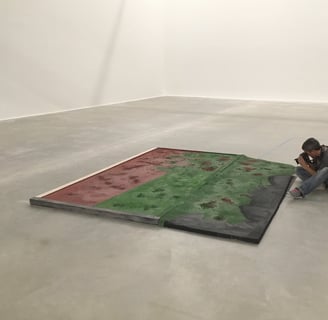Ol&LO, art elevated by MINERAL

Concrete and Mineral Materials in the Service of Art: Projects for the Fondation Luma, Pinault, Centre Pompidou and Espace Van Gogh
This article presents the use of concrete and mineral materials in contemporary art, notably through projects carried out for prestigious institutions (Fondation Luma, Collection Pinault, Centre Pompidou, Espace Van Gogh). It underlines the advantages of these materials in terms of their environmental impact, particularly gypsum concrete, and their aesthetic qualities, enabling a wide range of artistic creations. The article highlights the versatility of concrete for both indoor and outdoor installations, combining durability and artistic innovation.
SCIENCE AND TECHNOLOGY
Olivier Houdusse
10/15/20242 min read


Concrete and Mineral Materials in the Service of Art: Projects for Major Institutions
Concrete and other mineral materials play an important role in contemporary art. Institutions such as the Fondation Luma, the Collection Pinault, the Centre Pompidou and the Espace Van Gogh use these materials to create impressive works. These creations show how concrete, thanks to its versatility and unique properties, can push back the boundaries of art and architecture. To find out more about these creations, please visit our pages dedicated to Fundation Luma and the Collection Pinault.
An Artistic and Sustainable Approach to Large-Scale Projects
In projects for the Fondation Luma, Centre Pompidou and Espace Van Gogh, we used mineral materials to reduce environmental impact while guaranteeing high quality and durability. Gypsum concrete was chosen for several installations because of its low carbon impact and soft texture.
Its production generates around 50 kg of CO2 per tonne, compared with 6,000 kg of CO2 for plastic, reducing emissions by over 99%. (source). Chis material is ideal for interior installations such as those at Palazzo Grassi, as it helps to improve air quality and visitor comfort.
Artistic valorization of by-products in Fondation Luma and Pinault projects
Mineral materials, such as concrete, are also used to reuse industrial by-products in art. Industrial by-products are materials left over from various manufacturing processes. Their reuse reduces waste and adds an ecological dimension to the works, while creating unique and interesting textures for the artists. For example, recycled earth was used for a work by Pierre Huyghe presented at the Parc des Ateliers in Arles, giving a second life to these materials while saving resources. Ultra-high-performance concrete (UHPC) was chosen for its strength and flexibility, enabling the creation of detailed works, such as those by artist Precious Okoyomon, capable of withstanding the passage of time.
Aesthetic and functional advantages for the Pinault and Luma projects
The use of concrete and mineral materials in art offers both aesthetic and functional advantages. Concrete can be molded into a variety of shapes and textures, enabling the creation of monumental works that stand up to weather and time. Its robustness and versatility make it an excellent choice for outdoor installations and indoor sculptures.
Concrete, such as lime concrete, plaster concrete or BTHP, can be finished in a variety of ways, from rough to polished, and allow natural pigments to be incorporated for unique color effects.
Conclusion
Artistic projects using concrete and mineral materials for the Fondation Luma, the Collection Pinault, the Centre Pompidou and the Espace Van Gogh combine aesthetics, innovation and respect for the environment. Whether for monumental installations in Arles or installations in Venice, concrete is proving to be an invaluable material for contemporary art. Its versatility, durability and low environmental impact make it an ideal choice for institutions that place sustainability and innovation at the heart of their projects.
To find out more about our artistic projects and our commitment to sustainable creation, visit our pages dedicated to the Luma Foundation and the Pinault Collection.


